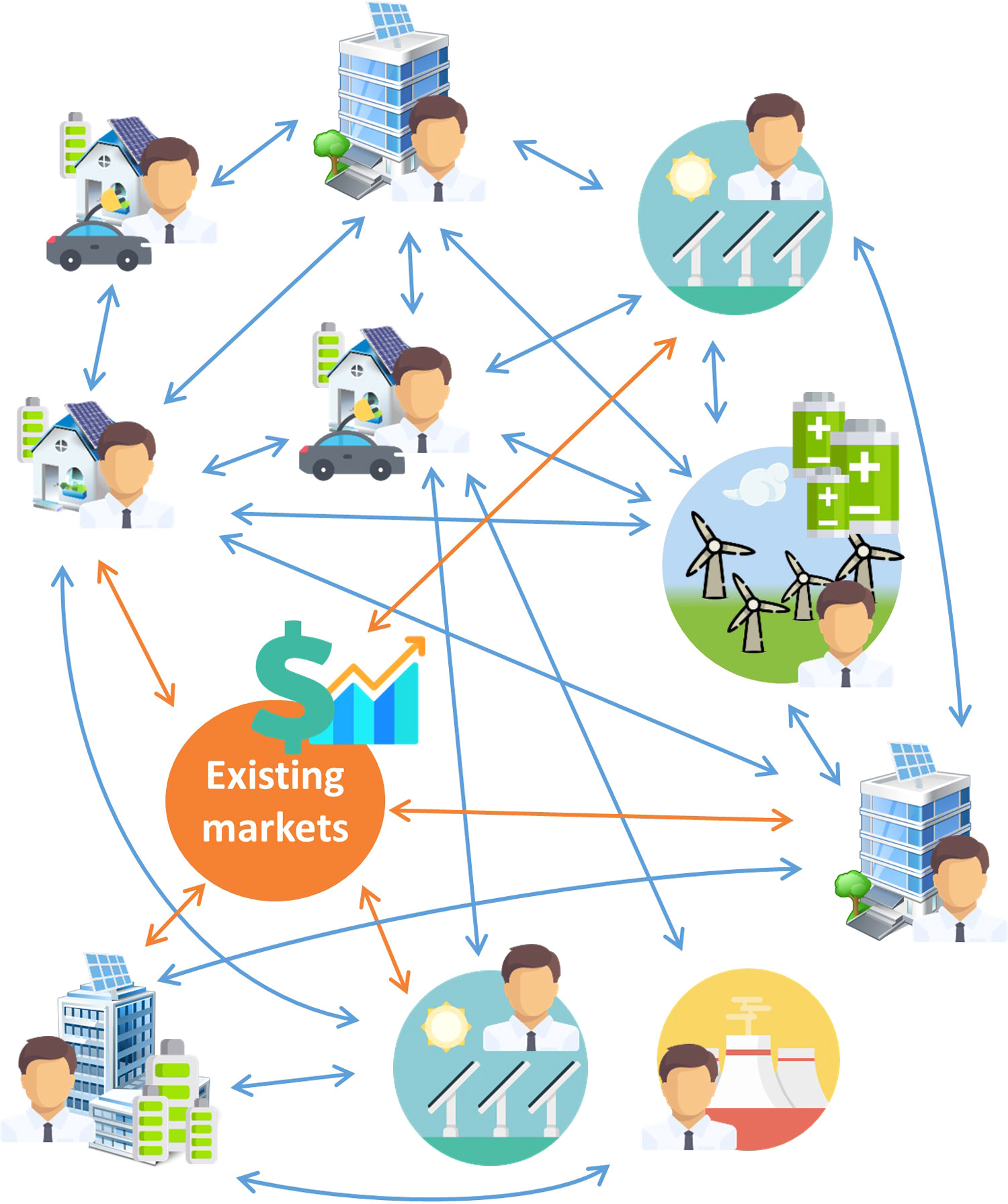The Green Economy, as it is understood in the 21st century, is an economic model designed to function in harmony with the environment, as opposed to against it. It actively seeks to reduce environmental risks and ecological scarcities while aiming for sustainable development. It also champions the notion of not only economic, but also social well-being. Central to this model are two guiding principles – reducing emissions and minimizing waste, while increasing efficiency in the use of resources. Thus, the Green Economy and Sustainable Development Goals (SDGs) set by the United Nations (UN) are inextricably linked, both attempting to create an integrated approach to solving environmental, societal, and economic challenges.
The 17 SDGs are aimed at eradicating poverty, fighting inequality, and addressing climate change, among others. Many of these goals are directly linked to the principles of the Green Economy. For example, SDG 7 advocates for affordable and clean energy, which echoes the Green Economy's push for the efficient use of resources and lower emissions. Similarly, SDG 12, which is about responsible consumption and production, corresponds to the Green Economy's focus on minimizing waste and resource efficiency.
The Green Economy acts as a driving force to achieve these SDGs by fostering economic growth and job creation, through sustainable and environmentally-friendly practices. By directing investments into sectors such as renewable energy, sustainable agriculture, and green construction, it helps not only in achieving SDGs related to climate action and responsible consumption but also those associated with poverty eradication, zero hunger, and decent work, to name a few. Through this holistic approach, the Green Economy ensures the synergistic attainment of SDGs, promoting an inclusive, resilient, and sustainable future for all.
The relationship between the Green Economy and the SDGs is a symbiotic one, where each feeds into and strengthens the other. The Green Economy offers a practical pathway to reach the SDGs, while the SDGs provide a comprehensive framework that gives direction to the Green Economy. It’s a sustainable match made in heaven, where the implementation of one enhances the achievement of the other, making them two sides of the same coin in the quest for global sustainability and a better future for all.
Partner content
United Nations Global Compact, September 2019
International Built Environment Week (IBEW), to be held from 3 to 6 September 2019, is the most comprehensive event in Asia Pacific on the built environment. IBEW 2019 will feature 4 co-located tradeshows showcasing the latest innovations and industry solutions: BEX Asia covering the integrated design and planning space, Innobuild (IB) Asia focusing on construction 4.0, Mostra-Convegno Expocomfort (MCE) Asia zooming in on energy efficient solutions and renewable energy and Smart Cities and Buildings (SCB) Asia featuring the latest advances in urban solutions and smart cities.
Pyrolysis converts biomass into liquid, gaseous and solid fuels. This work reviews the existing models for biomass pyrolysis, including kinetic, network and mechanistic models. The kinetic models are based on the global reaction mechanisms and have been extensively used for a wide range of biomass under various operating conditions. Major emphases have been on the network models as these models predict the structural changes during biomass pyrolysis. Key aspects of various network models include reaction schemes, structural characteristics and applications to CFD simulations.

